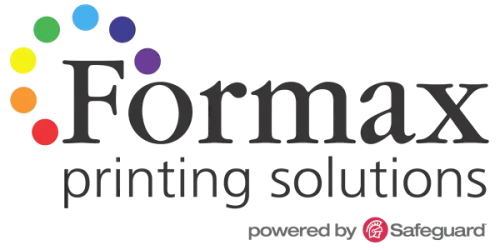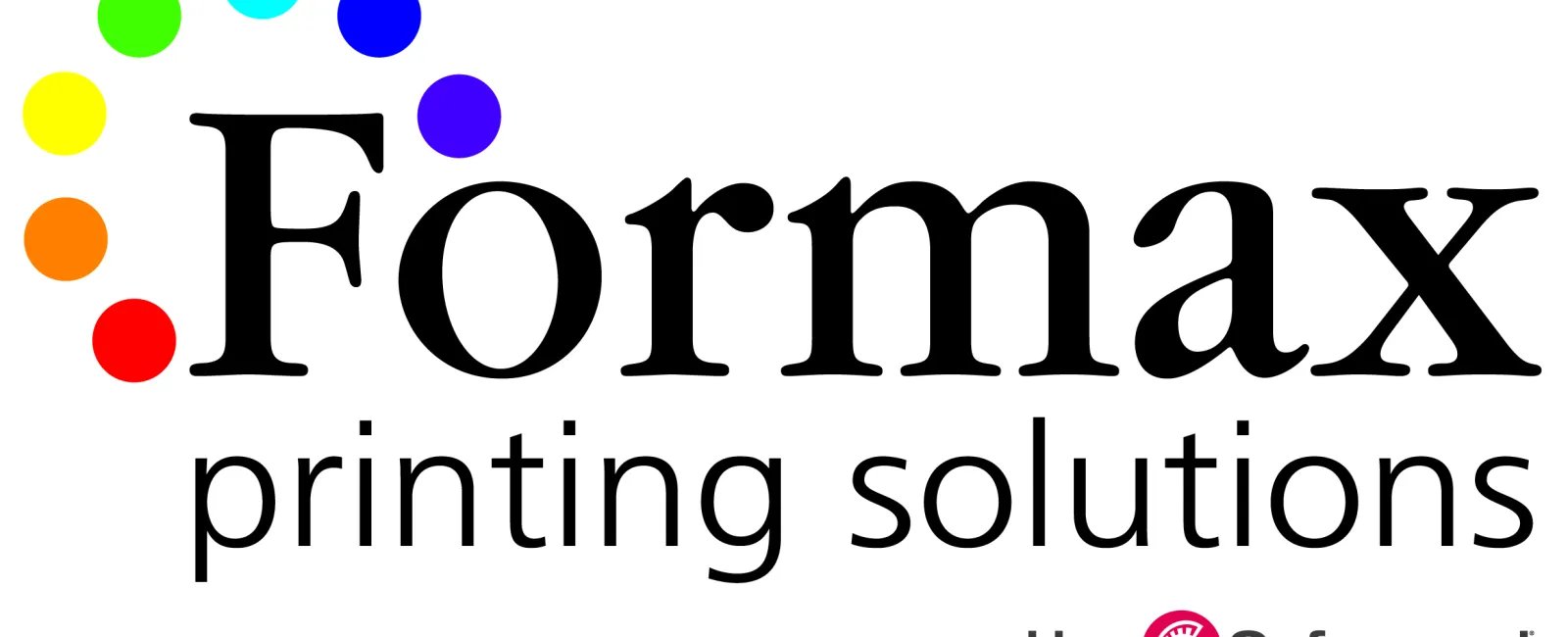Business Envelopes come in many types and sizes, which are all designed to fulfill different functions. As a rule of thumb, most custom printed business envelopes are created by imprinting on blank stock envelopes. By imprinting on blank stock envelopes (which are produced millions at a time) your cost is a fraction of what it would be otherwise.
Envelopes of a special type or size will require you to order more than you probably need, take longer to deliver and cost a lot more. So whenever possible, try to select a stock envelope on which to print. There are lots of different stock envelopes to choose from-
Regular envelopes
Envelopes are definitely the most widely used kind, especially the #10 size. The #10 is the workhorse of the business world. Regular envelopes are used for general correspondence, invoices, statements, etc. Other popular sizes of the regular envelope include #9 and #6-3/4. Regular envelopes have a plain face with no window. They may also be ordered with a security tint on the interior.
Window envelopes
Are the second most common envelope used in business. Again, the #10 size is the most popular, followed by #9 and #6-3/4. The address on the envelope's contents shows through the window in the envelope, which saves the time and expense of addressing the outside. Window envelopes are commonly used for checks, invoices, statements, etc. Like the regular envelope, window envelopes may also be ordered with a security tint on the interior.
Catalog envelopes
Are probably the third most common type of business envelope. Many sizes of catalog envelopes are available but the most popular sizes are 6- x 9- , 9- x 12- and 10- x 13- . Catalog envelopes open on the short end. For example, on a 9- x 12- catalog envelope the open flap is along the 9- end. Catalog envelopes are sometimes called open-ended envelopes. Catalog envelopes are commonly used for brochures, booklets and sales literature or anything you might want to send unfolded.
Booklet envelopes
Are another popular type of business envelope. Like the catalog envelope, the most common sizes are 6- x 9- , 9- x12- and 10- x 13- . The booklet envelope is very similar to the catalog envelope except that the booklet envelope opens on the long side. For example, on a 9- x 12- booklet envelope the open flap is along the 12- side. Booklet envelopes are sometimes called Open Side envelopes. Booklet envelopes might be preferred over catalog envelopes when many envelopes must be filled manually. This is because the larger opening makes the envelope easier to stuff, especially if the contents are bulky.
Remittance envelopes
Are also a popular type of business envelope. As the name implies, remittance envelopes are used to remit a payment and are generally sent along with an invoice, order form, donation request, etc. Common sizes of remittance envelopes are #9 and #6-3/4, both of which fit within a #10 envelope. Remittance envelopes are similar to regular envelopes except that remittance envelopes have a larger flap. The larger flap allows space for instructions, check boxes or additional printed information. The back of the remittance envelope is also commonly printed upon.
Announcement envelopes
Are commonly used to mail announcements, invitations, and greeting cards. They are generally more square in appearance, which makes them stand out somewhat from regular mail. A numbering system dictates the size, such as A2, A6, A7, etc.
In addition to the many different types and sizes, envelopes can be sealed in a variety of ways. The most common sealing method by far is a gummed flap which is activated by moisture. Another type of envelope seal is peel-and-stick, which has a release strip that covers a pressure sensitive adhesive. When the strip is pulled away, the envelope can be sealed without adding moisture. A third type of envelope seal is a latex seal. Envelopes of this type have a band of latex adhesive on the flap and also on the back. When the flap is closed, the latex instantly and securely bonds to itself to keep the envelope closed.
Are you interested in getting printed envelopes for your business? Give us a call at 866-938-3757 or submit our quote request form. We're here to help.
Take care
Rick




